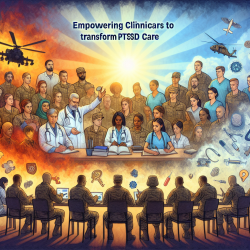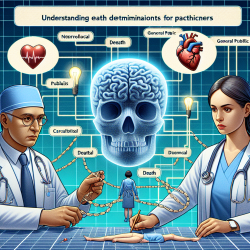The alarming rise in adolescent self-harm and medication poisoning has become a pressing concern for mental health professionals. A recent study titled Injuries prior and subsequent to index poisoning with medication among adolescents: a national study based on Norwegian patient registry sheds light on the hidden risks associated with these incidents. The findings reveal crucial insights that can help practitioners enhance their skills and improve patient outcomes.
The Study's Key Findings
This comprehensive study analyzed data from the Norwegian Patient Registry, focusing on adolescents aged 10-19 who were treated for self-poisoning with medication between 2008 and 2011. The study found that:
- A significant number of adolescents experienced injuries both before and after incidents of medication poisoning.
- Males were more likely to suffer injuries to the head, neck, and throat, while females were more prone to repeat medication poisoning.
- A high prevalence of psychiatric disorders was noted among those who self-poisoned, emphasizing the need for thorough mental health assessments.
Implications for Practitioners
The study's findings highlight several areas where practitioners can focus their efforts:
- Mental Health Assessments: Regular mental health evaluations for adolescents presenting with self-poisoning or other injuries are crucial. Identifying underlying psychiatric disorders can prevent future incidents.
- Gender-Specific Interventions: Tailoring interventions based on gender differences can enhance treatment effectiveness. For example, addressing competitive sports-related injuries in males or repeated poisoning in females.
- Comprehensive Care Plans: Developing holistic care plans that address both physical injuries and mental health needs can reduce the risk of recurrence.
The Need for Further Research
The study opens avenues for further research into the connections between various forms of self-harm and psychiatric comorbidities. Practitioners are encouraged to delve deeper into these relationships to develop more effective prevention strategies.
This research underscores the importance of a multifaceted approach to adolescent mental health care. By integrating these findings into practice, professionals can make significant strides in reducing self-harm incidents among adolescents.
To read the original research paper, please follow this link.










